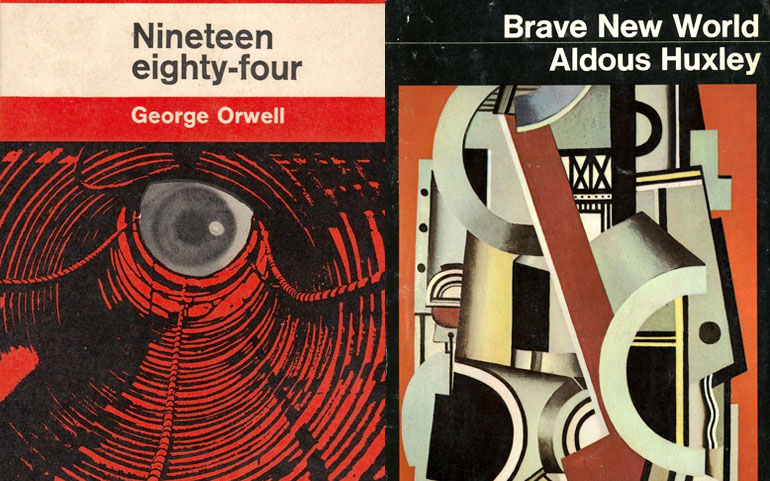Genres of Music to Consider Adding to Your Playlist
Music allows individuals to freely express their opinions, thoughts, and personal values. It serves as a universal outlet to escape from the stress, frustration, and worry from whatever the typical school day brings, encapsulating listeners and performers into a world far from reality for a couple of minutes. Not only is music a great source of entertainment, but it is also an incredibly complex art form that nourishes the mind and has been clinically proven to strengthen cognition, memory, and mood.
Go onto your Spotify playlist or YouTube music video history. Perhaps might be obsessed with Post Malone or Cardi B, or you might be streaming TWICE’s new music video and anticipating your favourite K-Pop group’s comeback, or you might even be listening to throwback hits like Mariah Carey’s “Obsessed” or Maroon 5’s “Payphone” that you recently discovered through your new favourite mobile app, TikTok. Regardless, music brings individuals together in a way that language, culture, and relationships cannot–music is universal and has no restrictions or boundaries. You can listen to a Bollywood love song that you find the rhythm of to be catchy and upbeat but not understand a single lyric. Moreover, on the scientific aspect, music has been linked to the release of dopamine and other hormones that help regulate mood and well-being!
Not only does music bring people together and cause pleasure, but it constantly changes over time. Music is a physical representation and projection of society’s everchanging values and moral constructs.
In our modern-day society, music spans a multitude of genres thanks to growing and blossoming societal constructs. We’ve all heard about the popularity of rap, EDM, and pop music; let’s look at, however, some of the genres of music you may have never considered adding to your playlist.
1. Latin Music
In the entertainment industry, Latin music is an umbrella term that refers to music created and written by Spanish- and Portuguese-speaking singers and songwriters. When teenagers hear the term “Latin music,” they often think back to the popular 2017 summer hit “Despacito.” However, there is such a rich history of Latin music dating back to the mid-1900s that simply cannot be overlooked. Popularity in Latin music first originated from the growing influx of Latin American immigrants to the United States. When they arrived in the U.S., they brought with them their cultures and values, with an important part of this culture being music.
Alongside this sudden trend in popularity of Latin music also came the cultivation of famous styles and genres of dance and music, such as the mambo, salsa, and reggaeton.
With countless artists ranging from Pitbull, Jennifer Lopez, and Ozuna, there are endless possibilities to choose from. One needs not understand the words, lyrics, or physical meaning behind a piece to be able to enjoy this genre’s upbeat, lively, and dynamic atmosphere. If you’re a fan of tropical music or longing for the warm, comfortable environment of the summer, Latin music would be a stellar choice for you.
2. Japanese Pop (J-Pop)
Amidst the occurrence of the Hallyu Wave—a worldwide emergence in popularity of South Korean culture and media beginning from the late 1990s up to the late 2000s—it’s no secret that Korean Pop music, or K-Pop, is a form of music that has made a significant name for itself in the last ten years. However, a genre of music commonly overshadowed by K-Pop is J-Pop, or Japanese Pop. Japanese pop music saw an exponential growth in the Japanese mainstream market in the 1990s but ultimately has its roots in traditional Japanese music. This upbeat, energetic genre of music is characterized by its electronic sounds and underlying “city” themes and tones, representing the nation’s urbanization and technological advancements over the twentieth century. Japanese hip-hop and rock music have also taken emergence in much of Japan and nearby Asian countries, and the electronic and technical aspect of J-Pop has amazed the world with the prevalence of Vocaloid, a powerful voice synthesizer, and the industry’s ability to market anthropomorphic artists like Hatsune Miku.
Like K-Pop, J-Pop has seen a drastic increase in idol groups, with one of the most influential being AKB47. There’s no doubt you’ll find J-Pop in some of your favourite animes!
3. Chillhop
Chillhop is a genre of music closely intertwined with electronic and jazz music. The genre’s roots lie within jazz and hip-hop music. Characterized by its slow tempo, soothing mood, and calming rhythms, Chillhop has taken a seat at the top of many teenagers’ playlists. Moreover, Chillhop can be classified as a type of electronic music thanks to its use of synthesizers mixed with gentle, subtle bass lines, and piano and string accompaniment. The genre is ultimately a beautiful fusion of jazz and hip-hop.
As a genre of music, it is extremely powerful; despite its simplicity, this style of music has the ability to impact a listener’s mood. How, you may ask? Well, from the relaxing tone to the bright yet calm melodic passages, Chillhop is the perfect kind of music to listen to with friends or to unwind after a long, stressful day at school.
Regardless of the music you listen to, it’s always a great idea to expand your horizons and try listening to something new! You’ll be immersed into and might even fall in love with not only a new genre of music, but also a plethora of cultures, words, and emotions! Happy listening!




